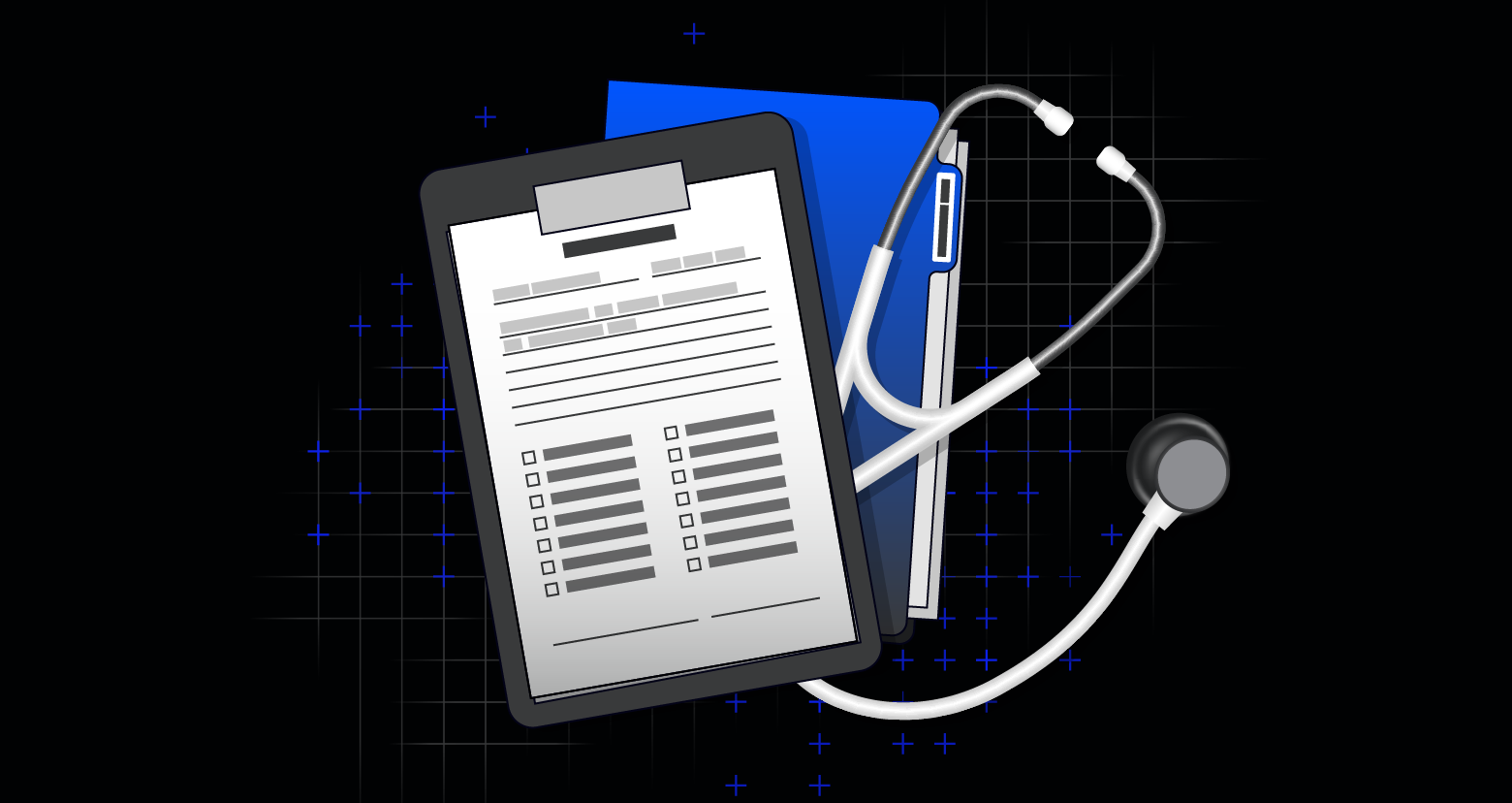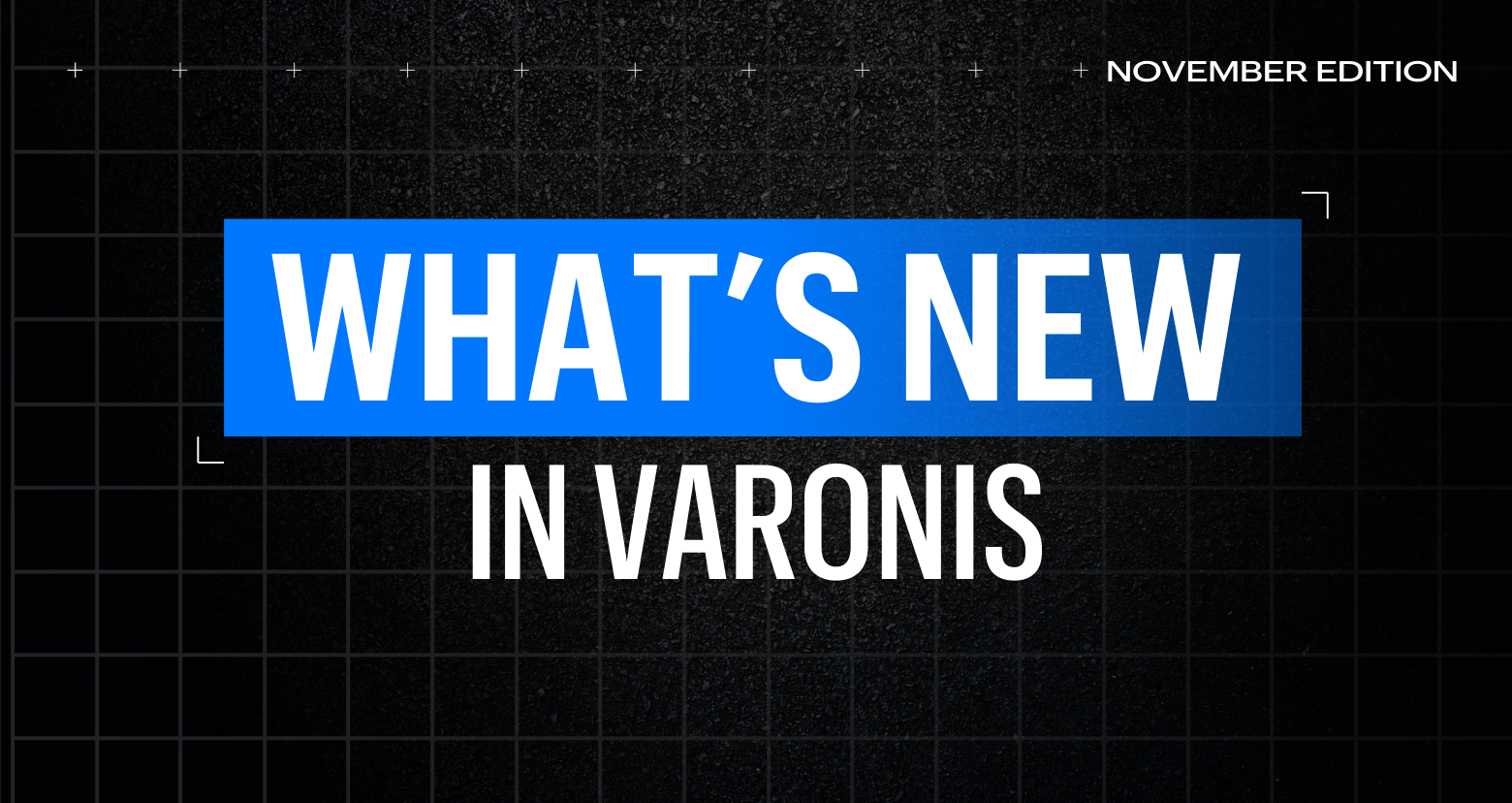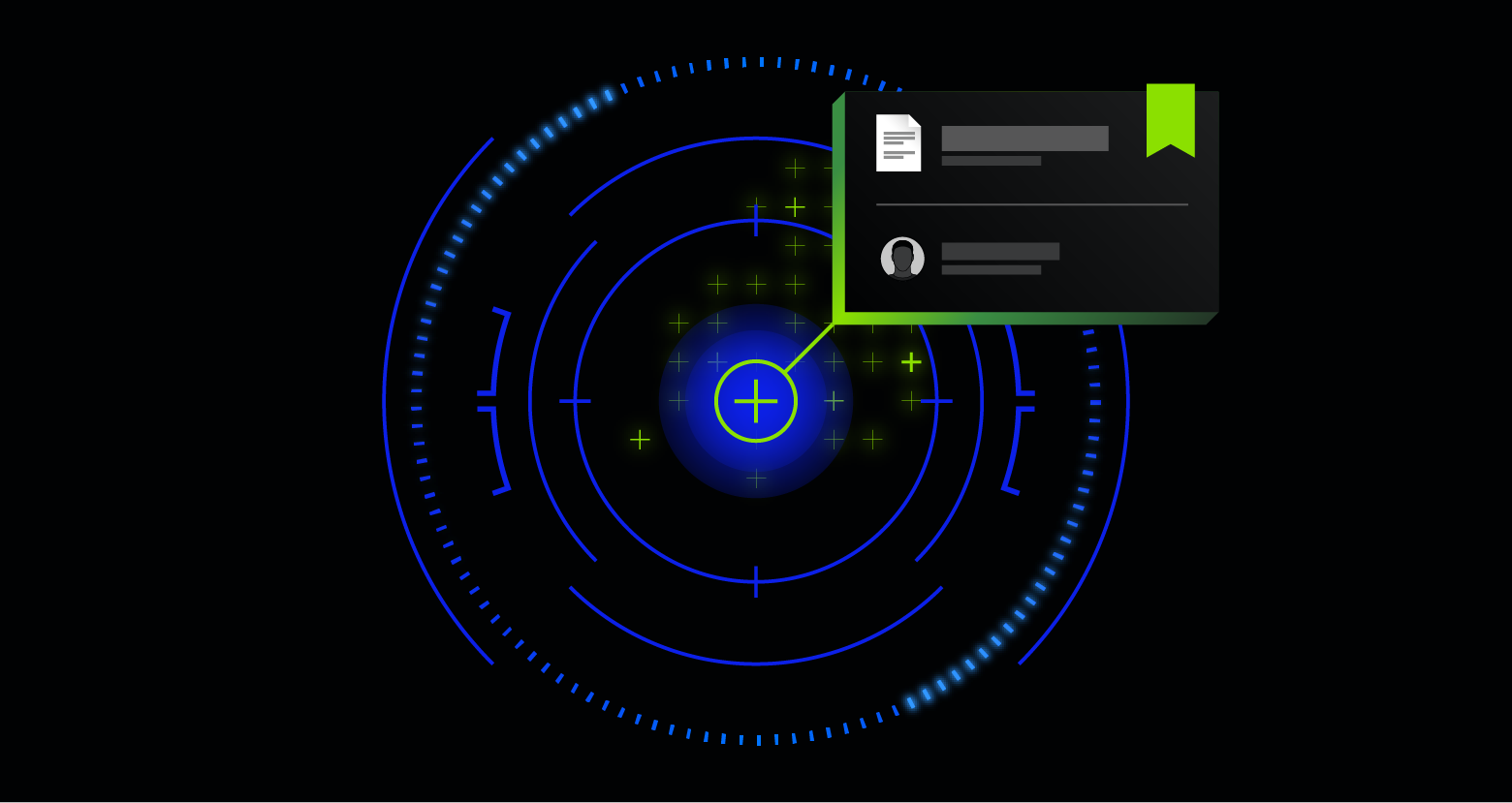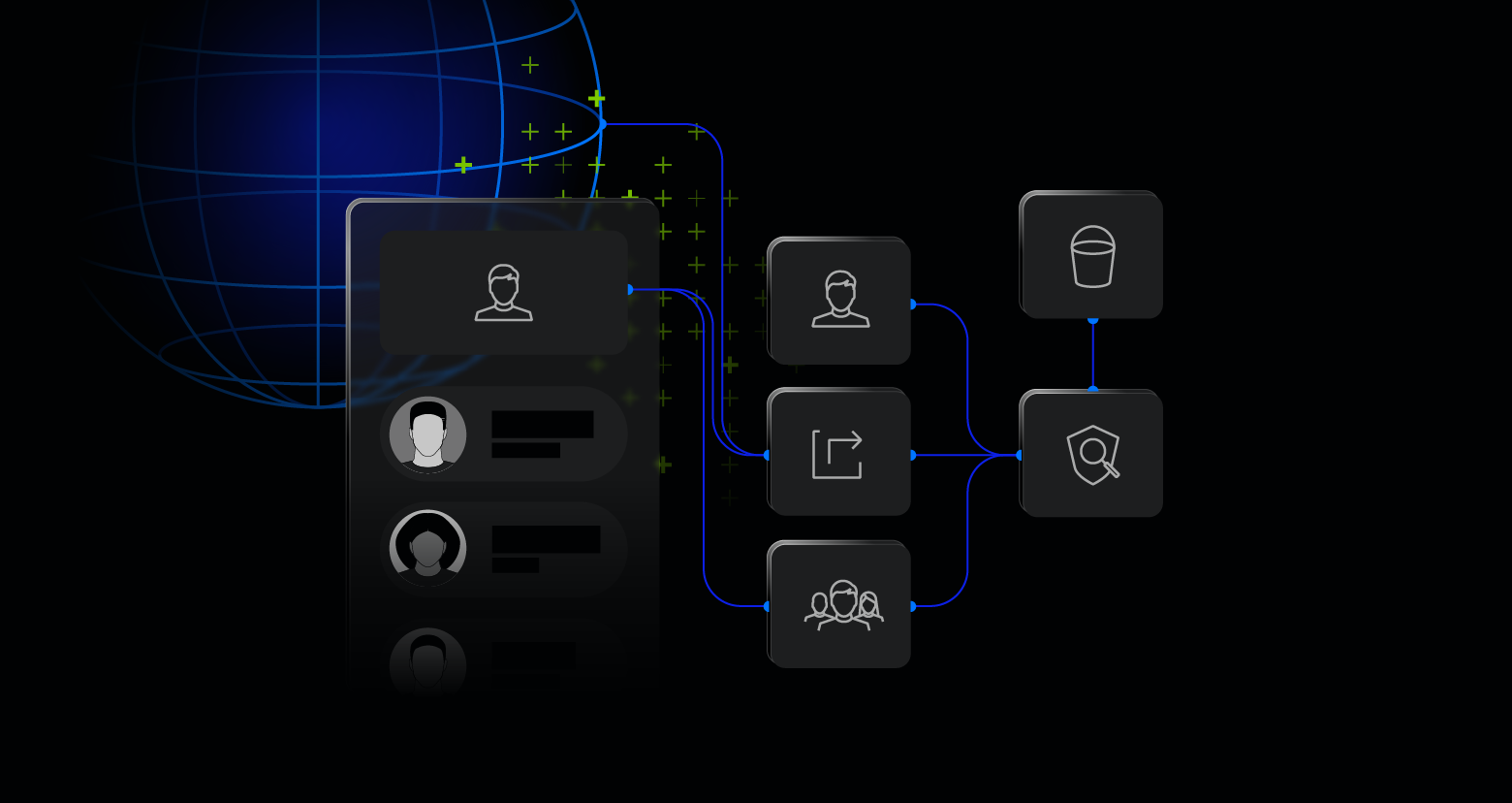Of all the industries that need a solid data governance policy, healthcare might be number one. Think about the massive amount of healthcare data for any individual, the personal nature of this data, and the life-or-death scenarios that depend on accurate information. It's clear that data governance in healthcare is vital.
What is data governance?
It’s obvious that data governance in healthcare is important, but what exactly does that mean?
Data Governance is the process and procedures organizations use to manage and protect their data. In healthcare, this data includes patient records, blood test results, EKGs, MRIs, billing records, drug prescriptions, and other private medical information.
Medical professionals use healthcare data to make informed decisions about patient care. Data governance provides healthcare organizations with a standardized and structured method of sharing medical data to provide the highest quality of care to every patient.
What is HIPAA?
The Health Insurance Portability and Accountability Act (HIPAA) is the US law that covers the security and privacy of medical information, or in HIPAA terms, protected health information (PHI). Under the law, “covered entities,” like hospitals and insurers, and those that process PHI for them are legally responsible for protecting it.
In 2024, HIPAA fines cost the healthcare industry $12 million alone. The Office of Civil Rights (OCR) levies HIPAA fines based on the number of PHI records exposed and considers the level of compliance for the offending organization. These fines, along with other regulatory requirements for remediation and auditing, make overall breach costs for healthcare among the highest in any industry.
Put simply, the better your data governance plan, the lower your fine might be if you get breached.
Healthcare data vulnerabilities
Here are some governance ideas to consider:
- Organizations need a robust data security solution specifically designed for the healthcare industry, addressing critical risks such as ransomware, insider threats, and unauthorized access to sensitive patient data.
- A staggering 90% of healthcare organizations experience at least one security breach, with the average cost of such breaches reaching $10 million. On average, a healthcare worker has access to 31,000 sensitive files, and alarmingly, 20% of all sensitive files are accessible to every employee.
- Good data governance and high-quality analytics should be key parts of a healthcare business strategy. By doing so, you’re reducing risk — fines and other penalties — and understanding underlying data workflows for more efficient processing.
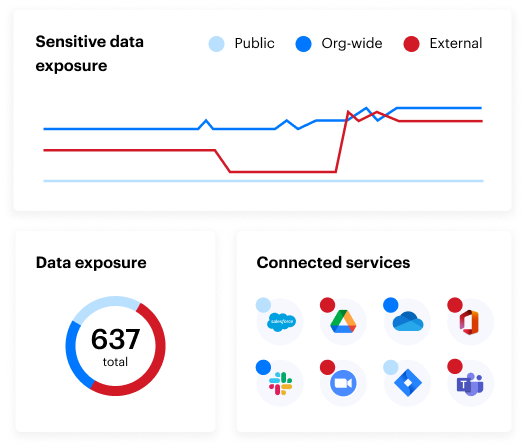
Data vs. information governance
Data governance in healthcare is a bit different from information governance in healthcare.
Data governance in healthcare is all about the individual pieces of data — the patient ID number, blood pressure reading, etc. It’s concerned with how to protect, secure, and accurately gather each piece of data. For example, a patient’s blood pressure readings for the past two years fall under data governance.
Information governance in healthcare is the process and systems to use the data to make decisions about patient care.
Information governance occurs when a clinician — or AI — aggregates the past two years of blood pressure records to diagnose a patient with hypertension and advises a specific medication.
The differences between the two are nuanced, but if you are talking to a healthcare professional about their data governance plans, they might be expecting a different conversation about information governance.
4 steps to implement data governance
Here are the best steps you can take to begin your data governance practice:
1. Discover where your PHI lives
Categorize and classify your file system to discover where the PHI lives. It’s impossible to govern what you don’t know about. Gather folder and file permissions for all of your data storage. Search every file for PHI and tag those files as sensitive.
2. Reassess privileges
One goal for any data governance program is to achieve least privilege access. Least privilege means that each user — person or service account — has only the permissions they need to do their job.

You may need to remove Global Access Groups and fix inheritance issues before you can clean up permissions. Do that before you start changing permissions or group memberships.
Once you have achieved least privilege access, you need to stay there. Implement a process that puts data owners in control of their data and empowers them to add and remove access as needed, and audit permissions regularly.
3. Clean up stale data
One of the greatest risks in unstructured data is information that is no longer used or needed, what we call stale data. Stale data makes excellent targets for data thieves. Put a plan in place to find this forgotten data, lock it down, and delete it from your stores if possible.
4. Train and identify key personnel
Create a cross-functional data governance team with data managers, data owners, and data analysts. Data owners are the keepers of their data. They know who has and should have access to their data and are the people closest to their data. Many organizations are adding a Chief Data Officer (CDO) that is responsible for the entire organization’s data governance. The CDO leads the data managers in the day-to-day governance operations.
Take control of your healthcare data with Varonis
In the healthcare industry, data governance isn't just important—it's critical. With the vast amounts of sensitive patient data and the life-or-death decisions that depend on it, having a robust data governance policy is essential.
Varonis can help you manage and protect your healthcare data effectively. Our solutions ensure that your patient records, test results, billing information, and other private medical data are secure and accessible only to authorized personnel. By implementing Varonis, you can:
- Discover and classify PHI: Identify where your protected health information (PHI) resides and classify it to ensure its proper management.
- Reassess and enforce privileges: Achieve and maintain a least privilege access model, ensuring that users only have the permissions they need.
- Deploy AI Securely: Accelerate AI adoption with complete visibility and control over AI tools so your sensitive information is secure. Tampa General Hospital was able to safely deploy Microsoft Copilot to automate administrative tasks, allowing their staff to focus on patient care.
- Clean up stale data: Identify and secure or delete outdated data to reduce risks.
- Empower your team: Train your staff and establish a cross-functional data governance team to oversee data management.
In this case study, a large regional healthcare system faced significant data governance challenges, with over 500,000 HIPAA violations and numerous folders having unrestricted access. The manual process to secure this data would have taken years.
Varonis has, in magnitudes of a hundred times or more, simplified how fast we can get through folder clean-up and remediation. It’s hard to quantify exactly how much time it has saved us because, in a matter of months, it completed remediation tasks that would take us over three years to do manually.
By leveraging Varonis' Data Security Platform, they automated and accelerated the process, effectively locking down permissions, detecting threats, and ensuring proper data storage.
This transformation resulted in a dramatic reduction in open access within months, securing data for over 1,500 users, and providing robust monitoring and reporting capabilities to easily prove HIPAA compliance. With Varonis, the healthcare system achieved unparalleled data security and governance, bringing peace of mind and significantly enhancing their data protection measures.
Don't wait for a data breach to take action
See how you can protect your organization from costly HIPAA fines and enhance your data governance strategy with Varonis today.
What should I do now?
Below are three ways you can continue your journey to reduce data risk at your company:
Schedule a demo with us to see Varonis in action. We'll personalize the session to your org's data security needs and answer any questions.
See a sample of our Data Risk Assessment and learn the risks that could be lingering in your environment. Varonis' DRA is completely free and offers a clear path to automated remediation.
Follow us on LinkedIn, YouTube, and X (Twitter) for bite-sized insights on all things data security, including DSPM, threat detection, AI security, and more.

